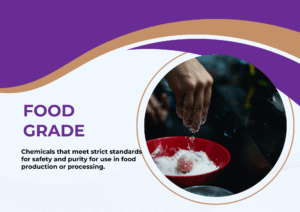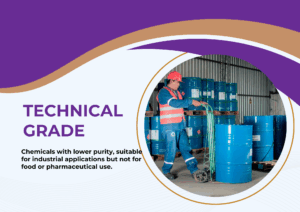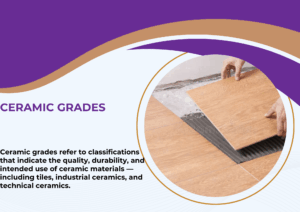Unveiling the Secrets of Kaolin: A Comprehensive Guide to Its Uses and Properties
Kaolin, also known as china clay, is a naturally occurring mineral renowned for its diverse applications across multiple industries. This soft, white clay is composed primarily of kaolinite, a hydrated aluminum silicate. Its unique physical and chemical properties make it indispensable in ceramics, cosmetics, pharmaceuticals, and many other fields. Let’s explore the secrets behind kaolin and why it remains a valuable resource.
The Unique Properties of Kaolin
Kaolin is highly prized for its fine particle size, whiteness, and ability to retain water. It has excellent plasticity, low shrinkage when fired, and high refractoriness, making it ideal for ceramics. Additionally, its non-toxic nature and smooth texture make it suitable for use in personal care products and pharmaceuticals. Another remarkable property is its high adsorption capacity, which allows it to bind to impurities and toxins effectively.
Diverse Applications of Kaolin
1. Ceramics and Porcelain
One of the oldest and most significant uses of kaolin is in the production of ceramics and porcelain. It provides strength, whiteness, and plasticity to pottery, ensuring durability and aesthetic appeal.
2. Paper Industry
Kaolin is widely used as a paper coating material, improving brightness, smoothness, and printability. It enhances the opacity of paper and reduces ink absorption, making prints more vibrant and sharp.
3. Paints and Coatings
Due to its excellent dispersibility and whiteness, kaolin is a common ingredient in paints. It enhances opacity, provides a smooth texture, and improves the durability of coatings.
4. Cosmetics and Skincare
Kaolin’s gentle exfoliating and oil-absorbing properties make it a staple in face masks, cleansers, and body powders. It soothes sensitive skin and helps control excess sebum.
5. Pharmaceuticals
Used as an anti-diarrheal agent and excipient in medications, kaolin helps absorb toxins and soothes gastrointestinal distress. Its safety profile makes it suitable for medicinal applications.
6. Rubber and Plastics
Kaolin is utilized as a filler in rubber and plastic products, enhancing strength, durability, and resistance to wear and tear.
Conclusion
Kaolin’s remarkable versatility makes it a cornerstone in various industries. Its natural abundance, coupled with its exceptional properties, ensures its continued relevance in modern applications. Whether in art, industry, or healthcare, kaolin remains an invaluable mineral with countless benefits.


 Emollients
Emollients Humectants
Humectants UV Filters
UV Filters Surfactants (cosmetic)
Surfactants (cosmetic) Preservatives (cosmetic)
Preservatives (cosmetic) Fragrances and Essential Oils
Fragrances and Essential Oils Antioxidants (cosmetics)
Antioxidants (cosmetics)
 Solvents (lab)
Solvents (lab) Chromatography Chemicals
Chromatography Chemicals Microbiology and Cell Culture Reagents
Microbiology and Cell Culture Reagents Biochemical Reagents
Biochemical Reagents Inorganic and Organic Standards
Inorganic and Organic Standards Spectroscopy Reagents
Spectroscopy Reagents Molecular Biology Reagents
Molecular Biology Reagents
 Precious Metal Extraction Agents
Precious Metal Extraction Agents
 Plasticizers
Plasticizers Polymerization Initiators
Polymerization Initiators Stabilizers
Stabilizers Monomers
Monomers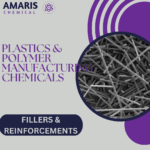 Fillers and Reinforcements
Fillers and Reinforcements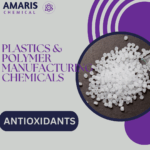 Antioxidants (plastics)
Antioxidants (plastics) Colorants (plastic pigments,Dyes)
Colorants (plastic pigments,Dyes)
 Fertilizers
Fertilizers Plant Growth Regulators
Plant Growth Regulators Soil Conditioners
Soil Conditioners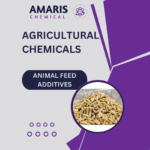 Animal Feed Additives
Animal Feed Additives Biostimulants
Biostimulants
 Dough Conditioners
Dough Conditioners Flour Treatments
Flour Treatments Fat Replacers
Fat Replacers Preservatives (baking)
Preservatives (baking)
 Surfactants (cleaning)
Surfactants (cleaning) Builders
Builders Bleaching Agents
Bleaching Agents Enzymes
Enzymes Solvents (cleaning)
Solvents (cleaning) Fragrances
Fragrances Disinfectant
Disinfectant Metal cleaning
Metal cleaning
 Binders/Resins
Binders/Resins Pigments
Pigments Solvents (paint)
Solvents (paint) Additives
Additives Driers
Driers Anti-Corrosion Agents
Anti-Corrosion Agents Specialty Coatings
Specialty Coatings Functional Coatings
Functional Coatings Application-Specific Coatings
Application-Specific Coatings
 Sealants and Adhesives
Sealants and Adhesives
 Biodegradable Surfactants
Biodegradable Surfactants Bio-based Solvents
Bio-based Solvents Renewable Polymers
Renewable Polymers Carbon Capture Chemicals
Carbon Capture Chemicals Wastewater Treatment Chemicals
Wastewater Treatment Chemicals
 Preservatives (food)
Preservatives (food) Flavor Enhancers
Flavor Enhancers Acidulants
Acidulants Sweeteners
Sweeteners Emulsifiers
Emulsifiers Antioxidants (food)
Antioxidants (food) Colorants (food)
Colorants (food) Nutrient Supplements
Nutrient Supplements Nutraceutical Ingredients
Nutraceutical Ingredients
 Fresh Herbs
Fresh Herbs Whole Spices
Whole Spices Ground Spices
Ground Spices Spice Blends
Spice Blends
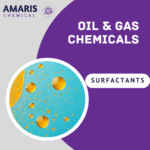 Surfactants(oil)
Surfactants(oil)
 Antibiotics
Antibiotics Active Pharmaceutical Ingredients
Active Pharmaceutical Ingredients Excipients
Excipients Vaccine Adjuvants
Vaccine Adjuvants Nutraceutical Ingredients
Nutraceutical Ingredients Solvents (pharmaceutical)
Solvents (pharmaceutical)
 Automotive chemicals
Automotive chemicals Pyrotechnic Chemicals
Pyrotechnic Chemicals


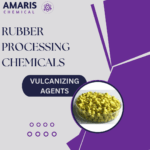 Vulcanizing Agents
Vulcanizing Agents Accelerators & Retarders
Accelerators & Retarders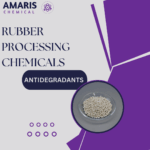 Antidegradants
Antidegradants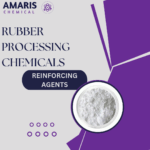 Reinforcing Agents
Reinforcing Agents Plasticizers & Softeners
Plasticizers & Softeners Fillers & Extenders
Fillers & Extenders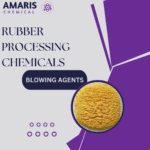 Blowing Agents
Blowing Agents Adhesion Promoters
Adhesion Promoters






